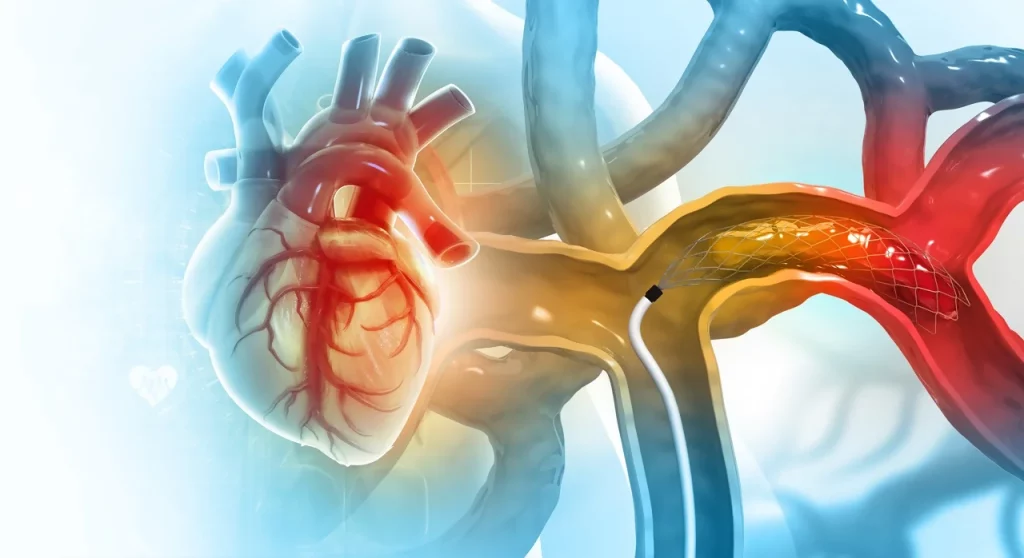Cardiac catheterization is a procedure used to diagnose and treat certain heart conditions. It involves guiding a thin tube, called a catheter, through a blood vessel until it reaches the heart. This procedure is typically performed in the field of interventional cardiology.
Advantages and Disadvantages of Cardiac Catheterization
Within cardiology, this widely used tool enables specialists to treat a variety of heart conditions, including coronary artery disease, congenital or microvascular heart disease, valve disorders, and even heart failure.
Cardiac catheterization can also help locate areas of narrowing or blockage in the blood vessels, measure pressure and oxygen levels in specific parts of the heart, assess how well the heart muscle is pumping blood, collect a tissue sample (biopsy), or examine the blood vessels for clots.
As a treatment, cardiac catheterization can be used to widen a narrowed artery, correct abnormal heart rhythms, close holes in the heart, open narrowed heart valves, or even replace them if necessary.
Like any procedure involving the heart, it does carry some risks. However, they are rare, including bleeding, blood clots, infections, heart attacks, arrhythmias, kidney damage, strokes, or allergic reactions to medications or contrast agents.
Types of Catheters
Depending on the goal, several types of catheterizations may be performed. Common examples include:
- Cerebral Angiography: Involves brain arteries to detect aneurysms or malformations.
- Hepatic Angiography: Targets the hepatic artery to evaluate liver tumors or deliver localized cancer treatments.
- Aortic Catheterization: Used to detect aneurysms or dilations in the aorta and place aortic prostheses.
- Lower Limb Artery Catheterization: Assesses blockages in leg arteries, places stents, or removes emboli.
- Renal Artery Catheterization: Visualizes and widens renal artery blockages.
- Coronary Angiography: A heart-specific catheterization to detect blockages in the coronary arteries, perform cardiac ablation, implant valves, or widen narrowed arteries.
How Is Cardiac Catheterization Performed?
The procedure is done in specialized rooms called catheterization labs or hemodynamic units, which are fully equipped for anatomical and functional study of the heart, arteries, and veins.
Before the procedure, preliminary tests may be required, such as blood work, stress tests, or cardiac imaging.
The catheter may be inserted through a blood vessel in the arm, groin, thigh, or neck, depending on the type of catheterization. It is then guided through the blood vessels to the heart.
This is done with the assistance of X-rays, ultrasound, or contrast agents, allowing the physician to visualize the area being treated properly.
While cardiac catheterization may seem risky, it is actually a very safe and highly beneficial procedure for most patients.
Before the procedure, preliminary tests may be required, such as blood work, stress tests, or cardiac imaging.
At the ABC Medical Center’s Cardiac Catheterization Department, we can provide you with specialized care. Contact us!
Fuentes:
NIH, MedlinePlus, Mayo Clinic



